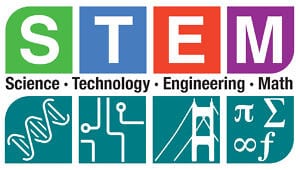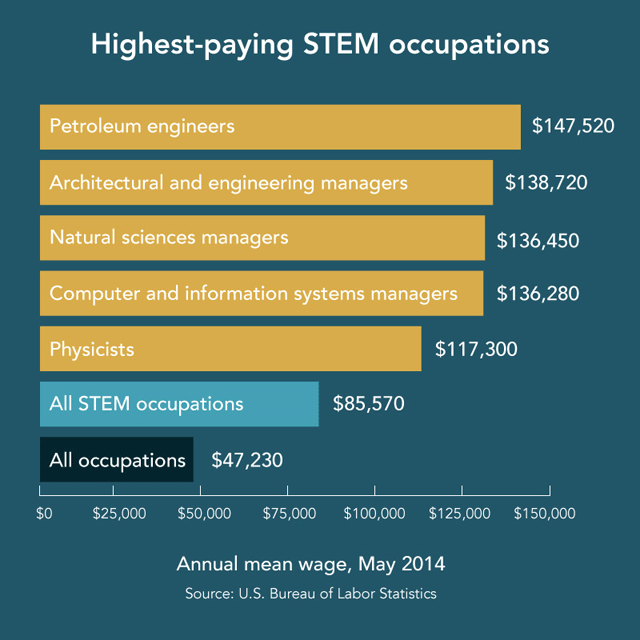

Leaders must reach out to these individuals, help them get established, and show them the path to success.

Once these new STEM professionals finally enter the workplace, they may be underrepresented. However, by including more underrepresented groups, STEM professions will encourage a more representative, level playing field and a more genuine reflection of our diverse society. Men may predominantly fill STEM fields, but this in no way implies women and minorities are any less welcome or capable. Through understanding and acceptance, they will be contributing to a cultural change within STEM fields and encourage, if indirectly, the next generation of advances in science, technology, engineering, and math. Mentoring also includes emotional and academic support at home from caregivers and family members. For high school students interested in STEM as a major at the university level, mentors must be willing to build relationships with these young minds, even showing them via first-hand experience that there is indeed a future for them in STEM. Young students who show interest and aptitude in STEM will need guidance, including role models whose success (as well as their trials and tribulations) can serve as positive examples.

The next step is mentoring-at all levels. The effect will not only be beneficial to women and minorities but to STEM itself-a healthy injection of new ideas and ways of thinking can do much to advance these fields. Through the encouragement of ability, inherent interest can grow, and by cultivating that interest, STEM fields themselves can begin this much-needed cultural shift that is welcoming toward diversity of people and ideas. These positive messages must come from multiple resources: mentorships, family support, women, and minority STEM professionals. Communicating positive messages about STEM fields as viable career options is critical, regardless of gender or minority. From the start, this includes positive solutions to any bias issues to ensure an even playing field. Once identified, confidence and positive reinforcement must continue through their entire education. How can this shift happen and be made permanent? The first step to achieving equitable representation in STEM fields is identifying and encouraging children as early as elementary school level who either demonstrate special skills or show promise.
Stem fields how to#
These statistics highlight the lack of women and minorities in STEM fields, but not how to apply what is needed to resolve this underrepresentation-a cultural shift in STEM at every level that promotes openness to all backgrounds and identities. Moreover, the American Association of University Women reports that women make up a mere 28 percent of people in STEM careers. In comparison, Hispanic people account for only eight percent. According to a Pew Research Center report, people of color make up only nine percent of all science, technology, engineering, and math (STEM) jobs.


 0 kommentar(er)
0 kommentar(er)
